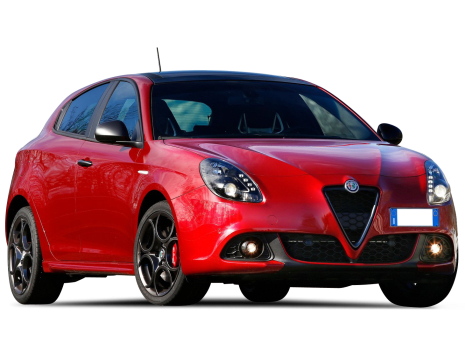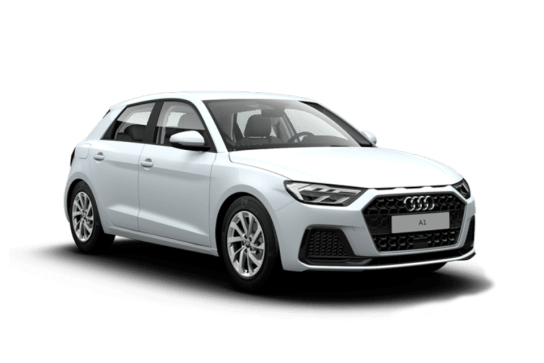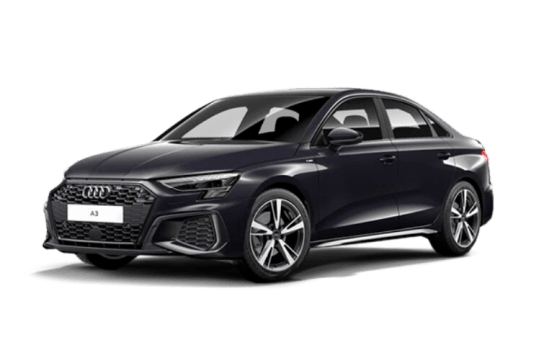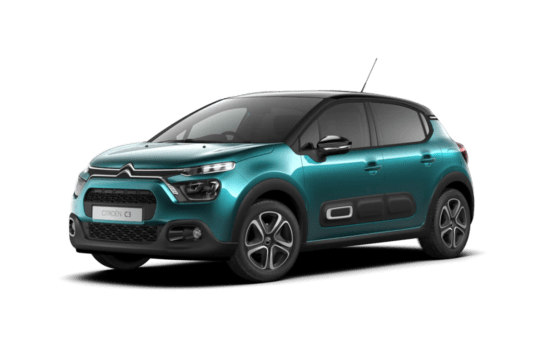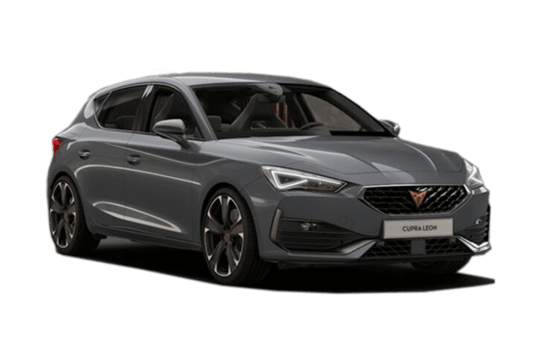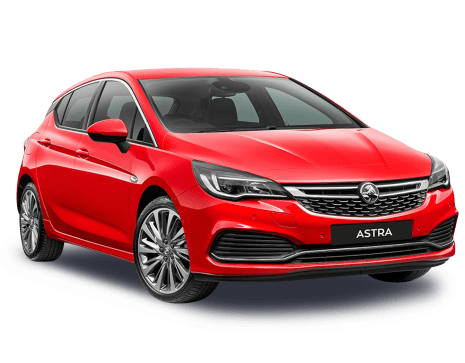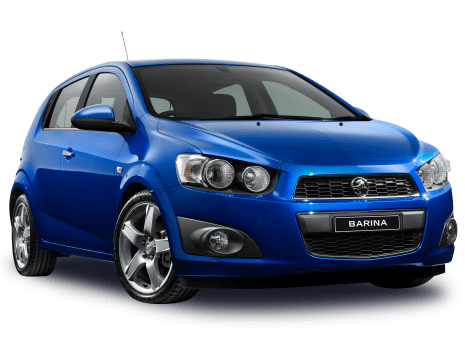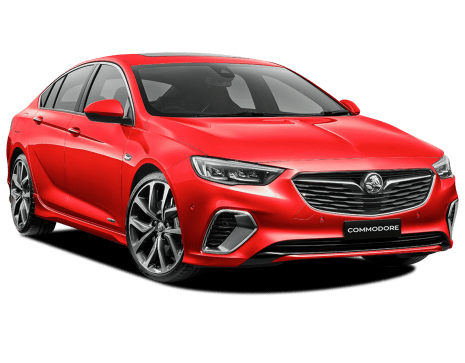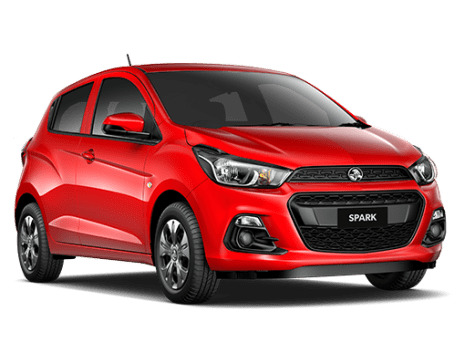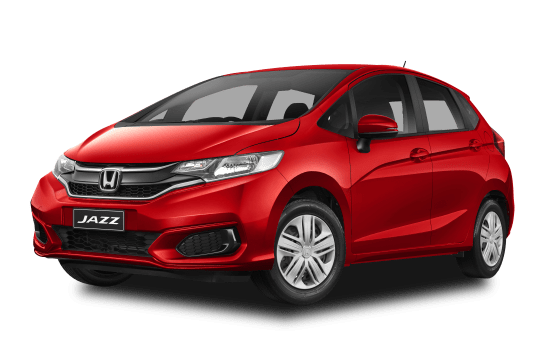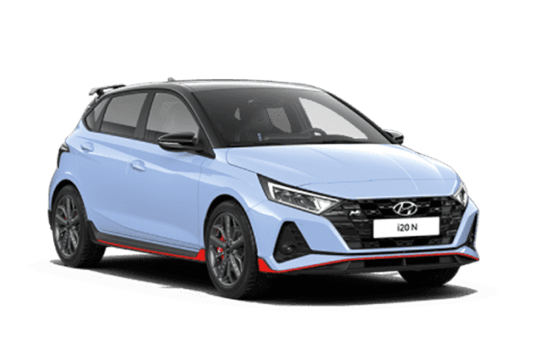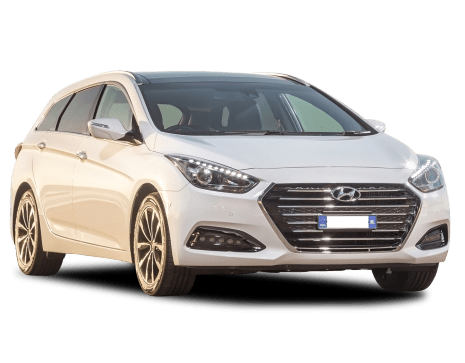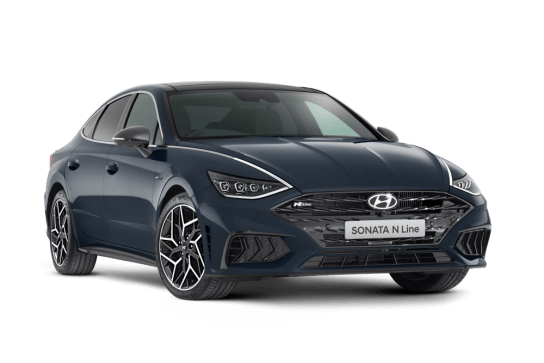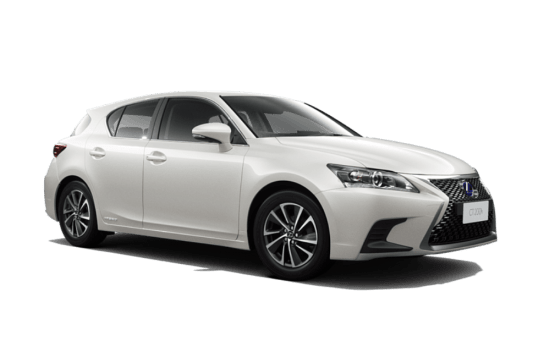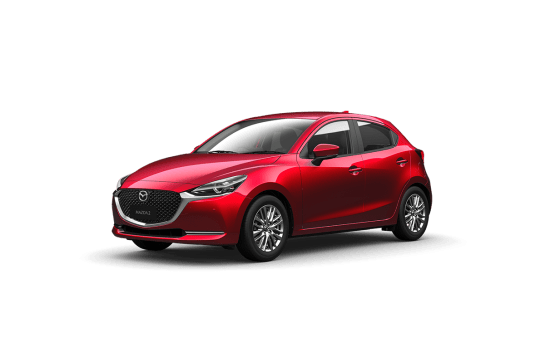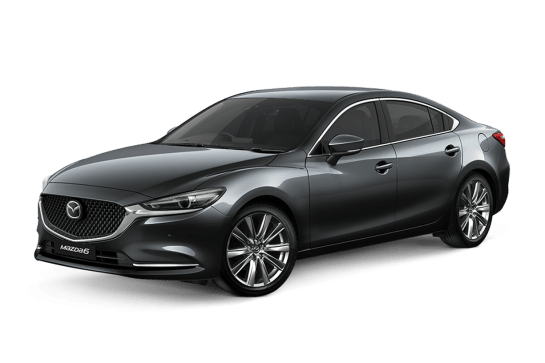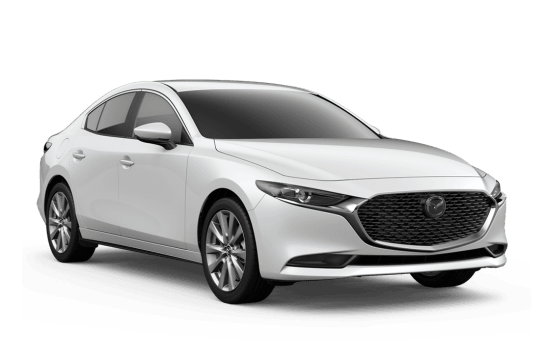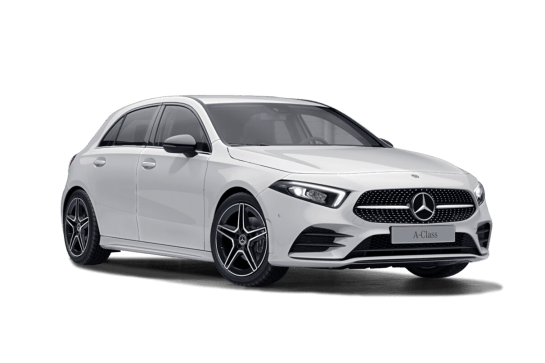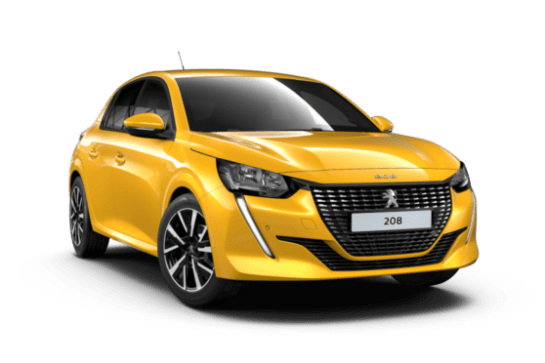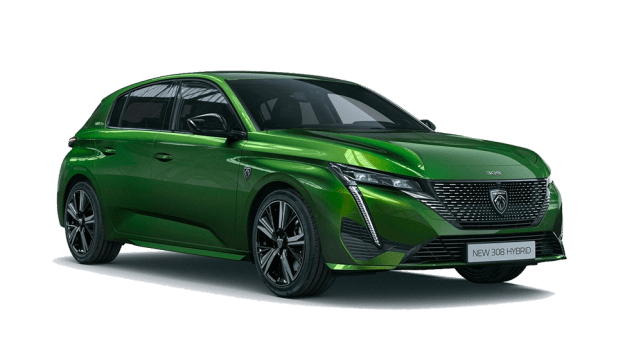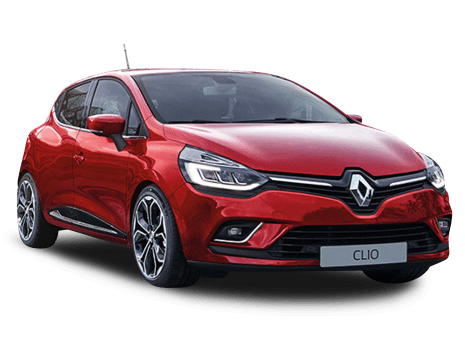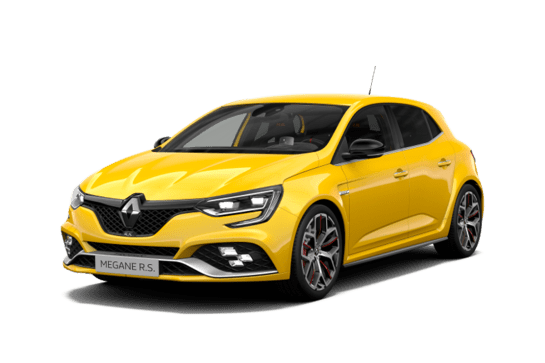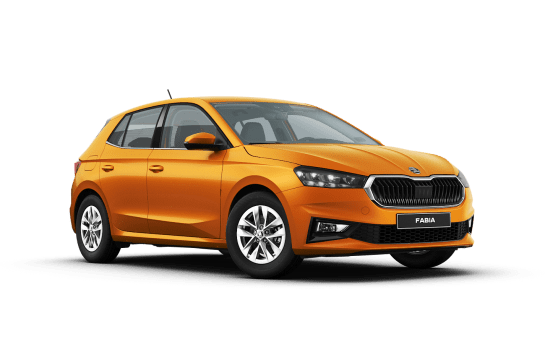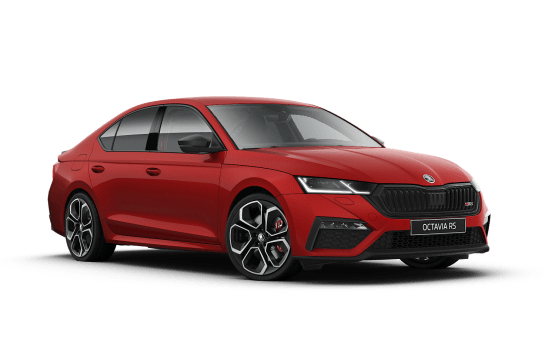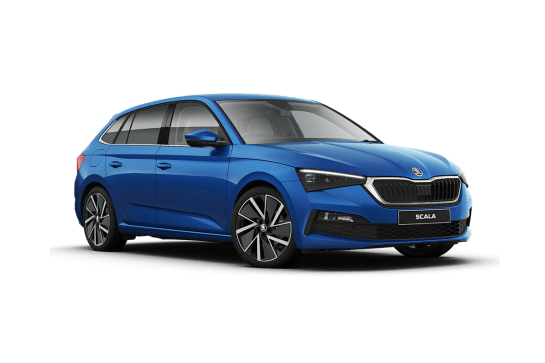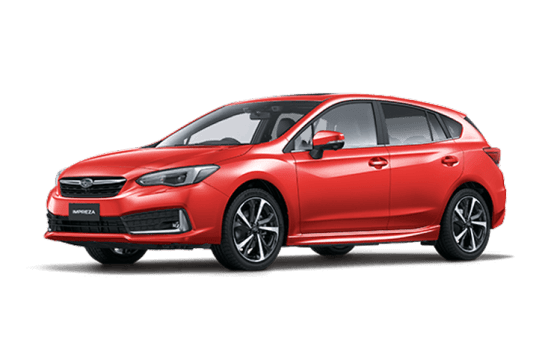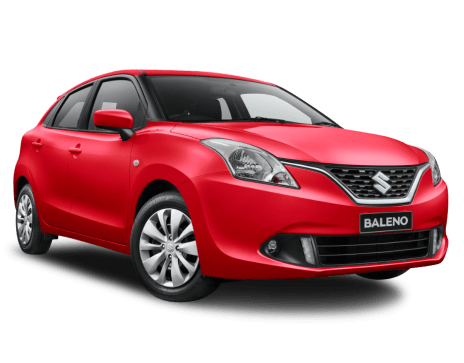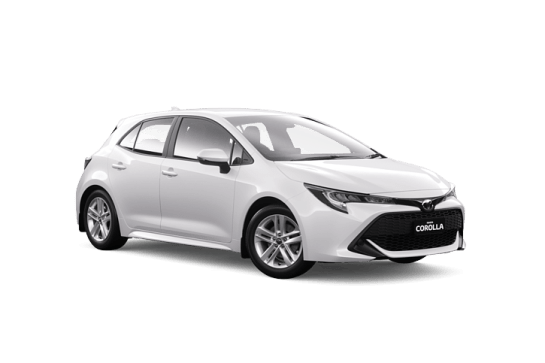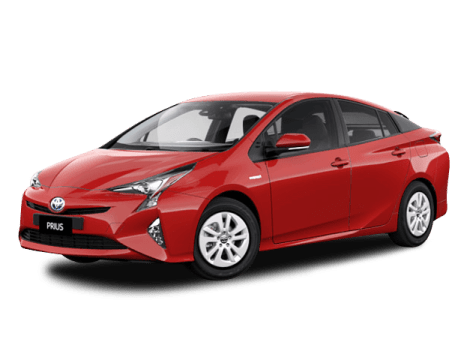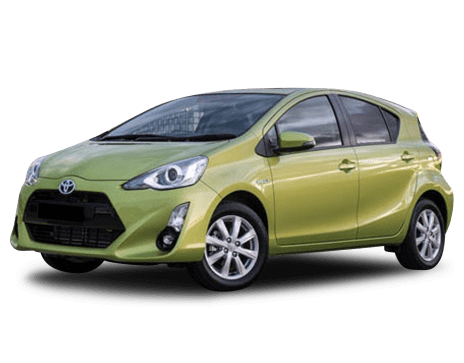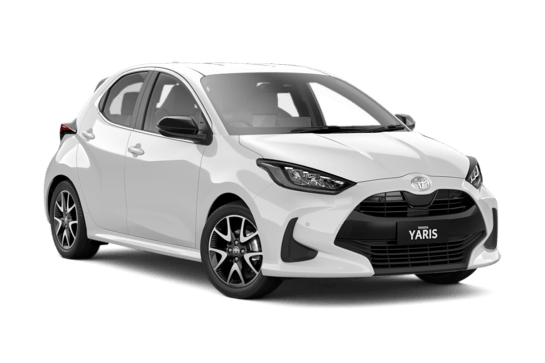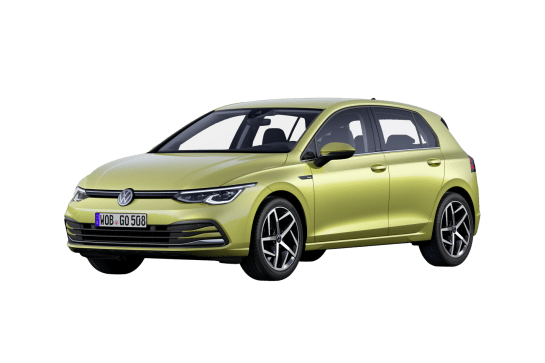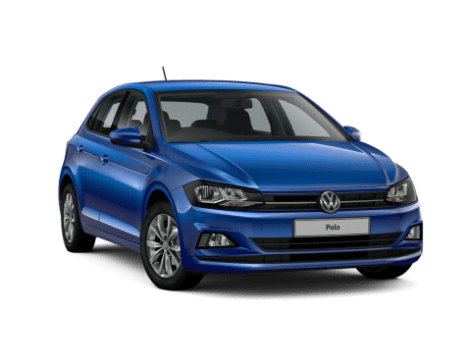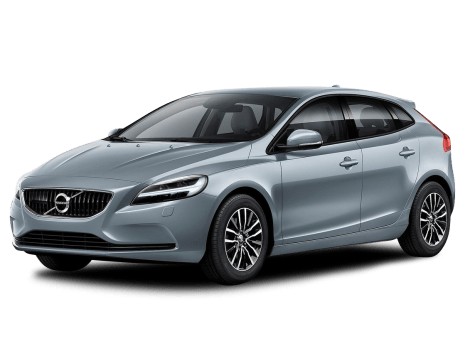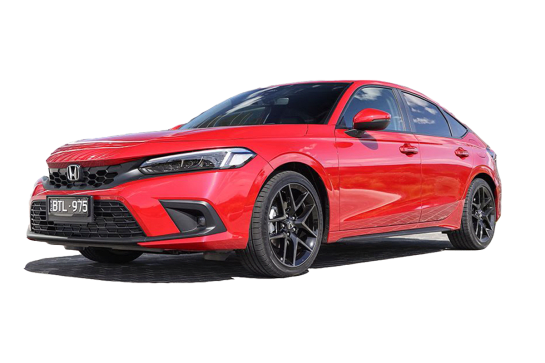
Honda Civic VS Hyundai Veloster
Honda Civic
Likes
- Great interior
- Lovely chassis
- Excellent engine
Dislikes
- Missing some safety gear
- Tight access to boot space
- Old media software
Hyundai Veloster
Likes
- Unique looks
- Grunty 1.6-turbo engine
- Great dynamics
Dislikes
- Small boot
- Only three doors
- 2.0-litre engine lacks grunt
Summary
Honda Civic
The Honda Civic's 10th generation is drawing to an end. Well, I say that, but there's still a pretty solid chance that the 11th generation won't quite be here this time next year.
I make the point because we've already seen a "prototype" for series 11 of the Honda Civic Story, but also because we won't actually get the car we've seen – the sedan. Just 20 per cent of Civic sales go to the booted version and then you have to merge that data with the rise of SUVs, both with Honda buyers and the market at large.
Things is, I think the sedan is the better of two for a variety of reasons which I will explain below. I also think the Civic, despite its advancing "age" (four years isn't really that long in the current climate) is still a fairly sensible choice among its peers, which include some serious competition.
| Safety rating | |
|---|---|
| Engine Type | 1.5L turbo |
| Fuel Type | Regular Unleaded Petrol |
| Fuel Efficiency | 6L/100km |
| Seating | 5 seats |
Hyundai Veloster
Promise me something. Don’t judge a Hyundai Veloster just by its looks, especially this new generation which has just arrived.
There will be some who think this quirky three-door hatch with its cranky-frog appearance is all show and no go, while others will think it must be a hot hatch. It’s neither.
So, what is it, then? If anything it could be the perfect compromise car: a coupe with easier access to the back seats than a two-door, a choice of engines, an affordable entry-point, plus good dynamics and a comfortable ride.
I went to the Australian launch of the new Veloster and here’s what I found out about this much improved second-generation model.
| Safety rating | |
|---|---|
| Engine Type | 1.6L turbo |
| Fuel Type | Regular Unleaded Petrol |
| Fuel Efficiency | 7.3L/100km |
| Seating | 4 seats |
Verdict
Honda Civic7.3/10
As a car to drive, the Honda Civic feels great. It had a good start, but the later addition of the turbo 1.5 and the continuous honing of the chassis, steering and driveline – an endearing, unheralded trait that Mazda and Honda do so well – has taken what was a solid car and turned it into one I'd genuinely consider owning, even in this wild orange colour.
What it doesn't have is a full suite of safety systems, which is a real shame, because its main rivals do. Some of us are happy to forego things such as reverse cross-traffic alert and some are not. If you can, the Civic sedan should be in the reckoning. And the clock is ticking.
Hyundai Veloster7.6/10
The Veloster might not be the perfect family car with its small boot and three doors, but if you are looking for something different and sporty then the Veloster with its great driving dynamics could be the funnest reason not to buy an SUV like everybody else.
The Turbo is the sweet spot in the Veloster range for value - the most bang for you buck, plus plenty of great features.
Note: CarsGuide attended this event as a guest of the manufacturer, with travel and meals provided.
Design
Honda Civic
Making fun of the Civic's over-supply of angles and lines is really very easy, so for once I'll refrain. Partly because the sedan is better than the hatch in this respect and also because – somehow – I have become quite fond of its wacky face. The sedan's profile is also more flowing and, with all the RS piano black and extra aggro (which ironically means yet more lines and angles), it sat much more happily in my camera lens than before. I wonder if the Civic's controversial looks have aged well in the same way Chris Bangle BMWs have? Because we're all suddenly pretty fond of those now, aren't we?
My changed opinion is bound to infuriate Honda's designers who have cleaned up the Civic for its next version. At this point I should mention that the sedan is on its last legs here in Australia – we won't be getting the next one.
The interior is as good-looking as it is practical. I still don't like the angles of the gauges in the left and right sections of the dash, but the central digital dash section is really good and easy on the eye. The RS picks up some subtle features like the strip of chequered flag fabric on the seats. It's a nice, clean look and I like the use of metallic materials on the climate controls and the stereo. It's a very calm interior, quite a contrast to the exterior.
Hyundai Veloster8/10
Nobody had seen anything quite like the Veloster before the first one arrived in 2012. This ugly-pretty hatch with cranky frog looks made Australia rubber neck.
It arrived just after Hyundai had finished winning over Aussies with small affordable cars with outstanding five-star ANCAP safety scores and it was a case of 'now for something completely different.'
I’m going to put it out there and say the styling was about half-a-decade ahead of the trend because by the time 2017 rolled around brands like Toyota were coming up with pretty similar designs in the form of its C-HR and even more recently Lamborghini’s Urus bears more than a passing resemblance to the Hyundai. Where have you ever seen that written before?
This second-generation Veloster has arrived looking a bit more grown up and serious than the pioneering first-gen, with its longer nose and sleeker head and tail-lights, the latter of which now extend through into the tailgate.
And while it’s not quite as toy-like in its design as the original it’s still fun looking and different with the pumped up wheelarches, central exhaust, a roofline which slopes dramatically down to the oversized rear spoiler and the three-door design – one for the driver, the front passenger and a single entrance to the second row.
Yep, if you didn’t realise it then you should know that from the right-hand side the Veloster looks like a two-door coupe, but from the left it appears to be a four-door. Not even Hyundai can give me a reason why, other than it offers the practicality that a two-door coupe can’t.
All Velosters come with 18-inch alloy wheels but each grade’s rims come in a different design, while the Turbo and Turbo Premium have blacked-out side skirts and a sporty grille with a red-painted lower air-intake.
Each grade of Veloster comes with a different interior package with a black and blue colour scheme with cloth material in the entry-level car; while the Turbo’s cabin is black with red highlights using cloth and leather; and the Turbo premium is similar but with leather upholstery.
That said, there’s way too much hard plastic used on all grades, from the dash to the door sills and that brings the feeling of quality down even if the fit and finish of the cabin is excellent.
At 4240mm long, 1800mm across, and 1399mm tall the Veloster is about 100mm shorter in length than an i30, a little bit wider and not quite as tall, giving it a low and planted stance.
Colours include 'Red Ignite', 'Yellow Thunder Bolt', 'Chalk White', 'Dark Knight', 'Tangerine Comet', 'Phantom Black' and 'Lake Silver'. Frankly a frog-looking car should come in green, but that isn’t offered, neither is blue, grey or purple.
Practicality
Honda Civic
The Civic's cabin is swimming in space and and filled with comfortable seats and lots of storage.
The back seat is super-spacious as it has been forever. Having driven the i30 Sedan last week, I'm having difficulty splitting the two for legroom and lounging space. Where the Civic loses out – and it's close – is in rear headroom.
There are four cupholders and bottle holders and a massive central bin between the front seats, big enough to conceal the massive new PlayStation 5 (okay, maybe not that big, but it it certainly looks big enough).
The boot holds a gigantic-for-a-small sedan 519 litres with the seats in place. Honda doesn't supply a total figure with the seats down, but it will be a lot. The opening for the bootlid is a little tight, so don't get too excited at Ikea.
Hyundai Veloster6/10
It’s not. Well not very practical anyway, not in the same way a Hyundai i30 is or even a Kona SUV is.
Let’s go straight to the obvious one – the three doors. A door for the driver, one for the front passenger and another on the kerb-side of the car for entry into the two seats in the second row.
Yes, it’s quirky and different, but it’s frustrating for the those who need to climb in from the left-hand side and scoot across a hard plastic tray and cupholders in the centre to sit behind the driver.
To be fair, the aperture of the entry has been widened by 58mm, improving entry and egress and headroom in the second row has been increased, too.
At 191cm tall I can just sit behind my driving position while my hair is brushing the ceiling. Not a place I’d like to be a on a long trip, that’s for sure.
Hyundai argues that the third door provides practicality that a two door doesn’t have, which is true, but that’s like making a T-shirt with one long sleeve and a short one just in case it’s colder than you thought outside. No, it isn’t… but I can’t think of a better analogy right now.
Did you notice that the front doors are different lengths? The driver’s door is long because the B-Pillar on that side is positioned further rearwards than the other side while the passenger door is short. This causes a few issues – the driver’s door is heavy and if you park next to somebody you might have trouble opening it far enough for you to clamber out.
Cargo capacity of the boot is 303 litres, which is about 60 litres less than the Kona’s. That isn’t terrible but check to see if your pram will fit if you have small kids.
Actually, the Veloster is not the best choice for a family car – you need an i30 or Tucson.
But if you don’t have kids and will only occasionally ferry people around in the back, then the Veloster is far more suitable.
Cabin storage is good with two cupholders in the back, and two up front, along with slim door pockets up front, a large centre console storage bin under the centre armrest and a big hidey hole in front of the shifter.
As for power outlets you’ll find a 12-volt along with two USB ports up front – a media connection and charging-only one.
Price and features
Honda Civic
The Civic RS price has slowly crept north, along with the prices of its mostly Korean rivals, now at $34,090. It's a fair bit more than the Ford Focus ST-Line, but you can't get a sedan version of that and infuriatingly neither can you get the wagon.
The RS has 18-inch alloys, a 10-speaker stereo, faux leather seats (nothing wrong with that), auto LED headlights and DRLs, dual-zone climate control, reversing camera, front and rear parking sensors, keyless entry and start, electric driver's seat, auto headlights and wipers and a space-saver spare.
The 7.0-inch matte-finished touchscreen runs Honda's homage-to-the-80s software package that is bolstered by the presence of Apple CarPlay and Android Auto. It also has DAB, which is a nice touch, but it is missing built-in sat nav, which most of its rivals have.
Hyundai Veloster8/10
There are three grades in the Veloster range with the entry-point simply called Veloster, which lists for $29,490 with a manual gearbox and $31,790 for the automatic transmission.
Above this is the Turbo, which lists for $35,490 for the manual (add $3K for a dual-clutch auto) and at the top of the range is the Turbo Premium for $38,990 in manual guise and, that’s right, three grand extra for the dual-clutch.
The standard equipment list is impressive. Well, it is for the Turbo and Premium, but the entry-grade Veloster still comes with a good safety suite (read about that below) and features such as LED daytime running lights, a 7.0-inch screen with Apple CarPlay and Android Auto, single-zone climate control, sports front seats, leather-clad steering wheel, 18-inch alloy wheels with Michelin Pilot Sport 3 tyres and switchable drive modes if you go for the auto transmission.
The Turbo is the sweet spot in the Veloster range for value coming standard with an 8.0-inch screen with Apple CarPlay and Android Auto, eight-speaker Infinity sound system, proximity unlocking, LED headlights, sat nav, digital performance gauges, digital radio and Michelin Pilot Sport 4 tyres.
The Turbo Premium has all of the Turbo’s features but adds leather upholstery, heated and ventilated seats, power adjustable driver’s seat, head-up display, heated steering wheel, sunroof, and wireless charging for your smartphone. Plus, this grade gives you the option of the two-tone effect with the black roof for $1000. Premium paint on all grades costs $595.
Under the bonnet
Honda Civic
The 1.5-litre four-cylinder has a light pressure turbo bolted in to produce 127kW at 5500rpm and 220Nm between 1700-5500rpm. Those numbers are 23kW and 46Nm up on the 1.8-litre, which goes without the turbo.
You can let the continuously variable transmission (CVT) look after the turning of the front wheels or if you're feeling sporty – not an unreasonable expectation if you've picked the RS – you can use the paddle shifters which tell the computer to put some fake gears into the box for you to shift up and down.
Hyundai Veloster7/10
There are two engines in the Veloster range: a 110kW/180Nm 2.0-litre naturally aspirated petrol four cylinder in the entry-grade car; and the 150kW/265Nm 1.6-litre turbo-petrol four in the Turbo and Turbo Premium.
Both engines can be had with a six-speed manual, while the 2.0-litre is also available with a six-speed automatic and the 1.6-litre is offered with a seven-speed dual-clutch auto.
For me, the best combination is the turbo engine with the manual gearbox. For more on what the Veloster is like to drive, skip on down to that section below.
Efficiency
Honda Civic
Honda's official testing suggets a combined cycle figure of 6.3L/100km which is lower than the 1.8-litre, a nice bonus when you have all that extra power to play with. My week with the Civic was mostly suburb-bound and I scored a respectable (indicated) 8.2L/100km.
Hyundai Veloster8/10
Hyundai says that after a combination of open and urban road driving the 2.0-litre petrol engine with the six-speed manual will use 7.0L/100km, while the six-speed auto will need 7.1L/100km.
In my test drive of the automatic the trip computer was telling me it was using an average of 7.1L/100km but that was mainly country roads.
As for the turbo engine Hyundai says consumption will be 7.3L/100km with the manual gearbox and 6.9L/100km with the dual-clutch. My testing of the DCT car saw the trip computer report 6.8L/100km after motorways and then getting lost in Brisbane’s CBD during peak hour. Not bad at all.
Driving
Honda Civic
This iteration of the Civic has been with us for a while now. I wasn't absolutely sure about it when I first drove it – that was partly down to the less-than-stellar 1.8 and an at-times doughy CVT.
Over the years I've been very lucky to drop my posterior into two, three or even four Civics per year. During that time I have noted some subtle changes, such as the CVT's more attentive nature and the progressive improvement of the ride on particularly bumpy surfaces, such as Sydney's concreted arterial roads.
The RS itself is no different mechanically to the other 1.5-litre turbo-engined cars in the range (it's an entire engine's worth of power short of the madcap Type R) but over the years, that has meant good things. I've always liked the low-set driving position, it's lower than many hot hatches. You sit in and down in the Civic and it feels quite sporty.
Turn the wheel and it's all very positive, with a very pleasant ride and handling balance. The CVT is still a CVT but, especially in the turbo, it has more grab off the line and doesn't indulge in flaring as you'd find in a Subaru, turbo or not. It's actually fun to drive, especially if you draft in the paddles to do some work.
But it's also a car you need never provoke to enjoy driving. The comfortable ride and secure handling make it the kind of car anyone can like. The steering wheel is just right, the controls all feel really nice to use and touch. There's nothing particularly flashy about the Civic apart from its looks, but it's such a comfortable car with a super-solid feel to its engineering.
The main advantage of the turbo engine is that it doesn't have to work as hard as the 1.8 to keep the Civic moving. The extra torque is always there and makes it a much more relaxed car around town than the 1.8-powered Civics, while giving you the extra grunt to push out into traffic, or pull off a tricky overtake.
Hyundai Veloster8/10
I kicked things off in the base grade Veloster with its 2.0-litre four-cylinder engine and six-speed automatic, then upgraded to the Turbo Premium with the 1.6-turbo and dual-clutch auto, before piloting the mid-range Turbo with the six-speed manual gearbox. It was enough for me to see straight away which I’d want in my driveway.
And ‘yeah-nah’, it wasn’t the base grade Veloster. Not for me, anyway. The frankly superb (for the money) suspension is let down by an engine which can’t offer the performance a car this well set-up deserves.
Still, you get the look, great handling, outstanding steering and a comfortable and composed ride for less money than the rest. So, if ‘extra sporty’ driving doesn’t matter to you, then you will still love the way the entry Veloster feels to pilot.
If you have a little more to spend my recommendation is the middle-of-the-range Turbo with the six-speed manual. This is the bang for your buck winner with that 1.6-litre turbo making 150kW/265Nm at a pretty darn good price.
You’ll find the same engine in the Hyundai i30 N-Line, but the Veloster Turbo with a manual gearbox is 1270kg - 45kg lighter than the i30, giving it a better power-to-weight ratio.
The lightness and all that torque rushing in from 1500rpm, combined with quick and natural steering makes the Veloster Turbo feel so pointable, changing direction almost as quickly as you can think it.
The manual gearbox just ups the engagement factor, with a light clutch pedal and easy ‘flick of the wrist’ shifts.
If you’re going to be commuting in traffic daily then you’d probably be happier with the dual-clutch auto, which reduces the driver-car connection but has its own benefits over the manual.
First, the DCT can shift faster than any human, and second when it moves to a higher gear the burbling exhaust note lets out satisfying deep burps.
The official 0-100km/h acceleration time for the Turbo cars is 7.1sec for the DCT auto, and 7.7sec for the manual.
All Velosters have the same suspension tune and it’s much improved over the previous model. MacPherson struts underpin the front while suspension in the back has been swapped from a torsion beam to multi-link set-up which has improved high-speed and cornering stability, while giving the Veloster a comfortable and composed ride.
Hyundai has done a top job in designing the driving position, too, with a low hip point, supportive seats and plenty of elbow room.
You might be wondering what visibility is like in a car with a mini-tank turret and it’s nowhere near as bad as you might think.
Hyundai has moved the A-pillars back to improve the view, but they are still a bit in the way while looking rearward, your sight obstructed by the chunky C-Pillar and small windows. But use your mirrors and the reversing camera when parking and you’ll be fine.
That brings us to looking at how practical something like the Veloster is…
Safety
Honda Civic
All Civics come with six airbags, ABS, stability and traction controls.
The Honda Sense package adds forward collision warning, forward AEB (high and low speed), lane departure warning and lane keep assist.
One of my favourite Honda quirks is LaneWatch. Flick the indicator for a left-hand turn and the media screen displays the output of a camera pointed down the left-hand side of the car. It's still too bright at night, but you can disable it or tap the button on the end of the indicator stalk to cancel it.
You also get two ISOFIX anchors and three top-tether points.
The Civic sedan was last assessed by ANCAP in April 2017 and scored five stars.
Hyundai Veloster8/10
This new-gen Hyundai Veloster hasn’t been given an ANCAP assessment yet, but it’s likely the rating could be split between a four-star score for the entry grade and a five-star for the Turbo and Turbo premium.
This is because the entry car has AEB but it’s not the pedestrian detecting type which is found on the top two grades and is necessary for a five-star score.
That said, all Velosters have lane keeping assistance, while the Turbo and Turbo Premium add blind spot warning and rear cross traffic alert.
All Velosters have rear parking sensors, but none have front ones.
The LED headlights on the Turbo and Turbo premium are excellent. Keep this in mind if you’re thinking of the base grade and you live in a country area – its full beam headlights are nowhere near as good.
For child seats you’ll find two ISOFIX mounts and two top tether anchor points in the second row.
Ownership
Honda Civic
Hondas ship with a five-year/unlimited kilometre warranty, which is competitive as more and more manufacturers consider this a minimum.
The "Tailored Servicing" program caps nine of the first 10 services at $281, with just one service jumping to $310. That's reasonable value for a turbo engine, except servicing is every 12 months or 10,000km. That means more than one trip per year to the dealer if you drive more than 10,000km per year.
Hyundai Veloster8/10
The new Veloster is covered by Hyundai’s five-year/unlimited kilometre warranty. Servicing is recommended every 15,000km or 12 months for the base grade Veloster and costs $279 for the first two visits followed by $365 for the next then $459 and $279 for the fifth.
The Turbo and Turbo Premium need servicing every 10,000km or 12 months and you’ll pay $299 for the first three visits then $375 and then $299 for the fifth.



